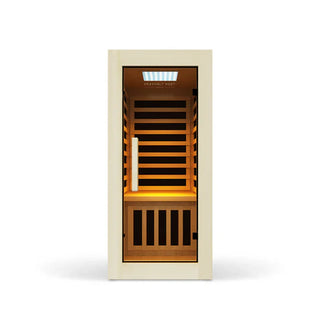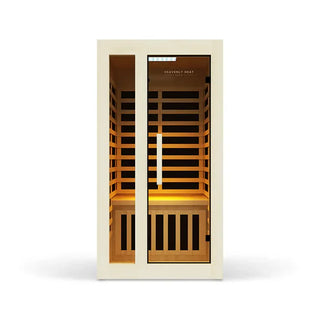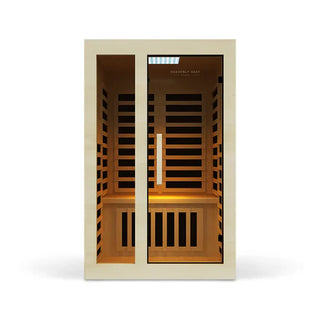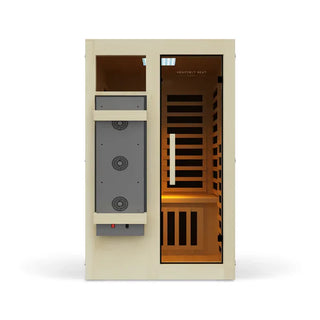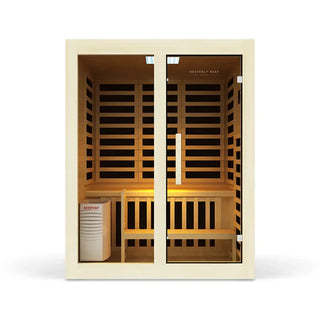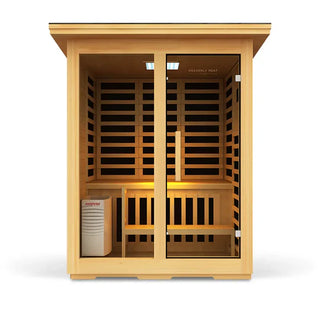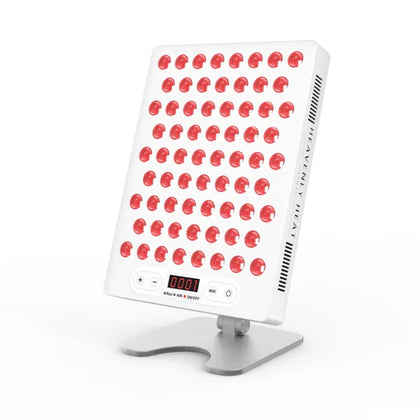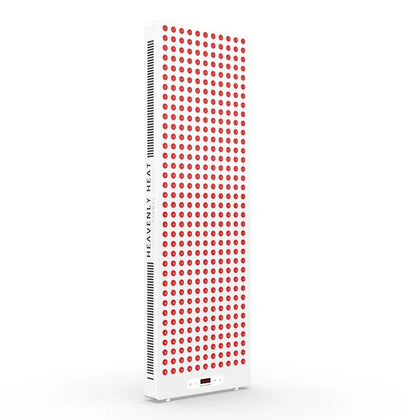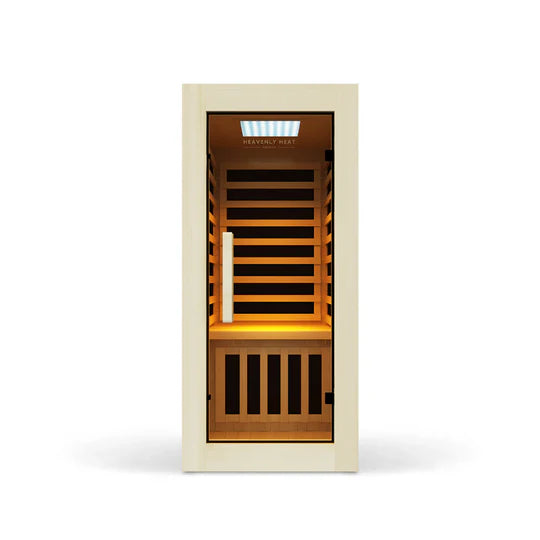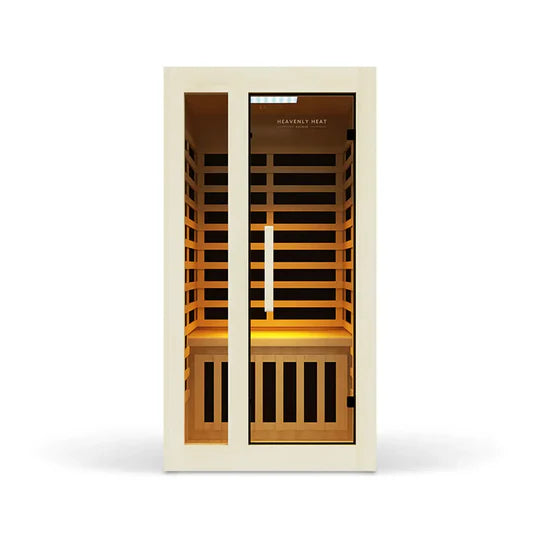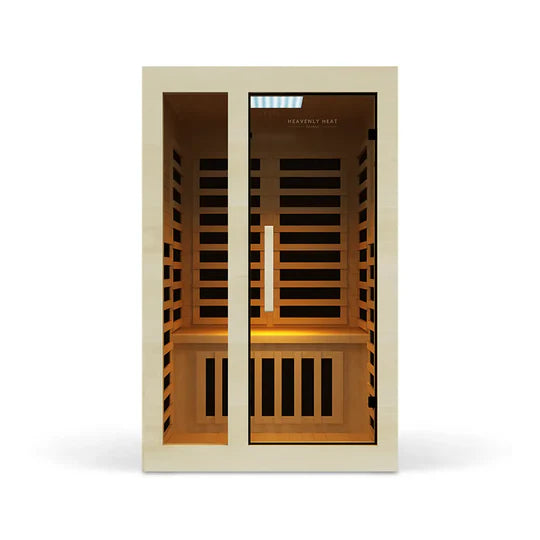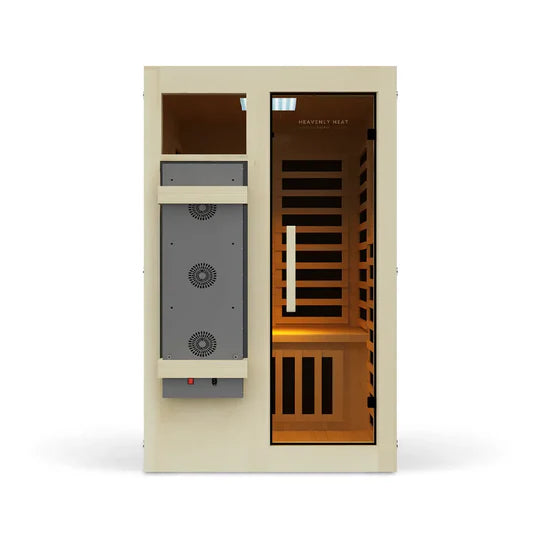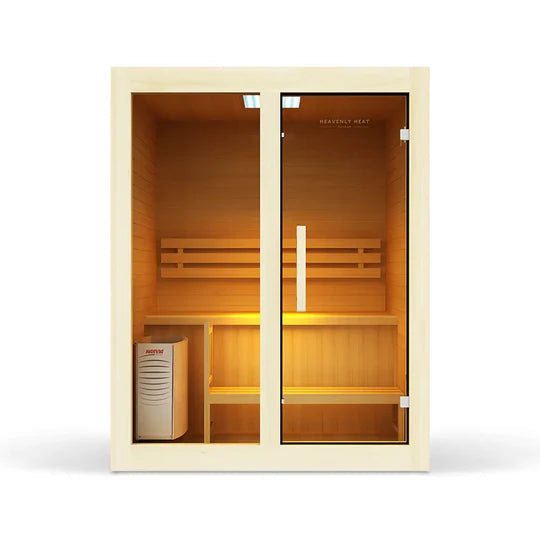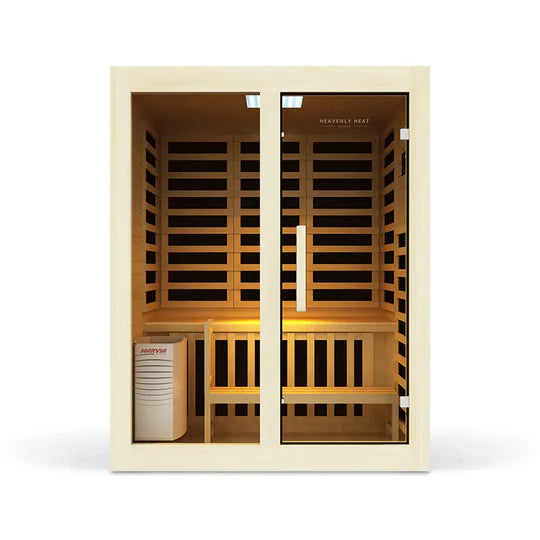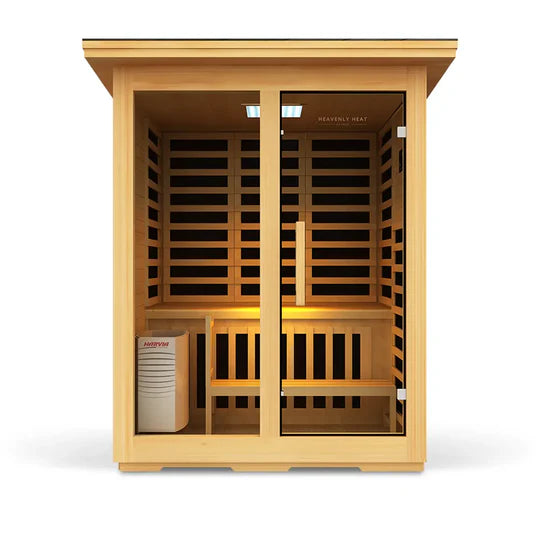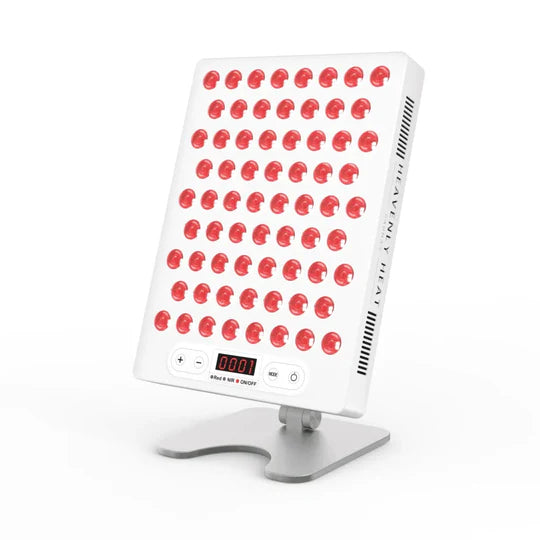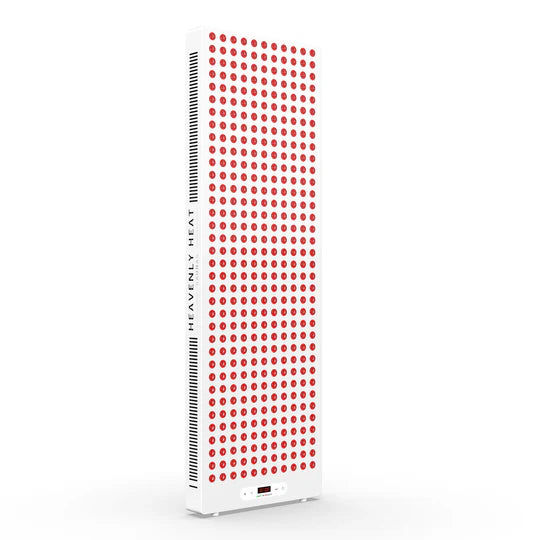The History and Evolution of Sauna Therapy
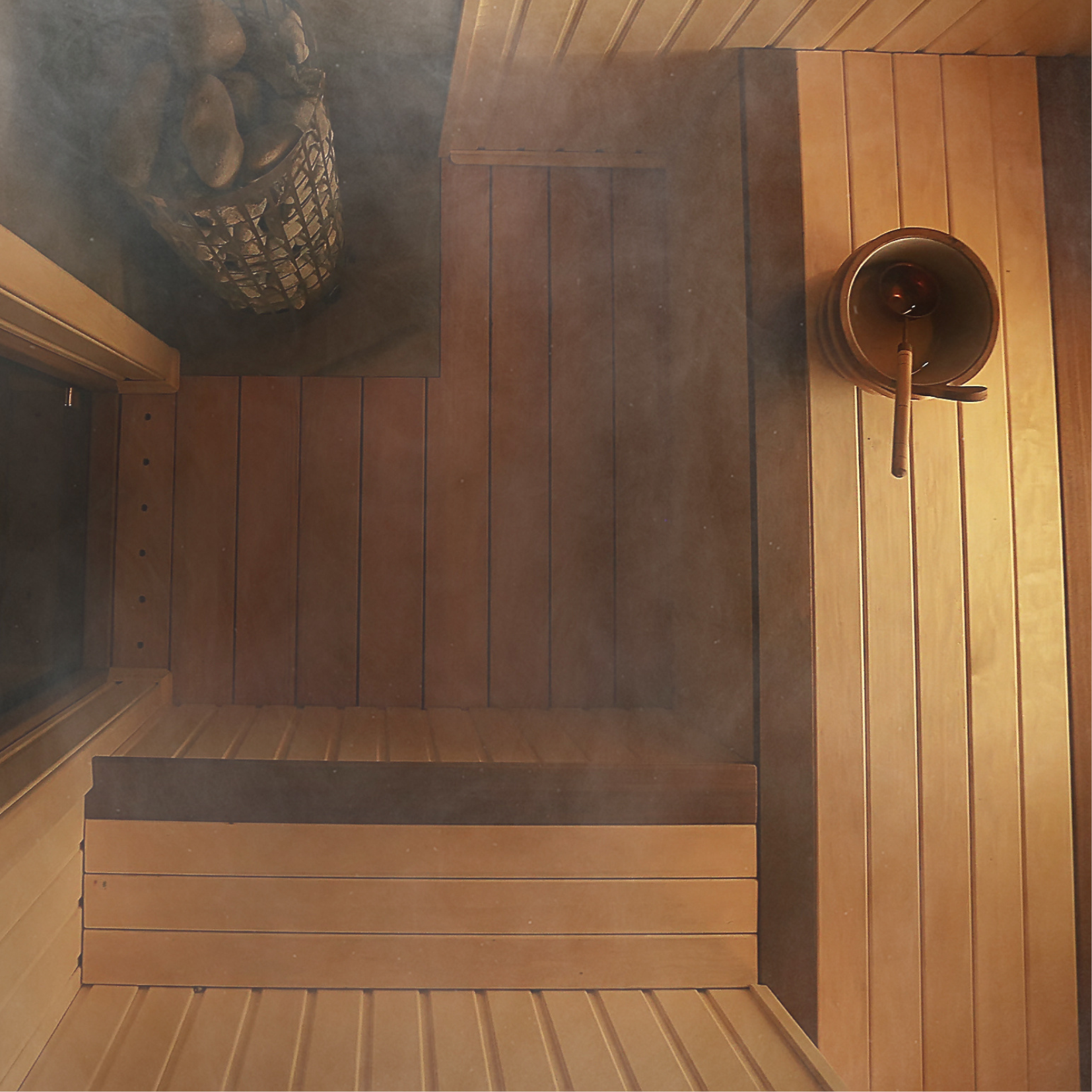
Sauna therapy is a wellness practice with ancient roots, beginning in the cold climates of Finland over 2,000 years ago. Early Finnish saunas, called savusaunas (smoke saunas), were simple wood-heated structures without chimneys. Heat was generated by an open fire that filled the room with smoke, which was then ventilated, leaving a warm, aromatic space ideal for both physical and spiritual cleansing. This ritual of sweating was believed to promote health, healing, and even social bonding.
As the sauna culture spread, various cultures adopted and adapted it. For instance, the Native American sweat lodge—a type of sauna—was used for spiritual and physical purification, while the Roman thermae (public bathhouses) introduced a more communal and luxury-oriented approach to thermal bathing. Turkish hammams offered steam baths with a focus on relaxation, massage, and skin care, blending bathing with body treatments.
In recent decades, sauna technology has advanced, introducing new methods like electric and infrared saunas. Electric saunas, often found in gyms and wellness centers, heat stones with electric coils, allowing for more precise temperature control and quicker heating. Infrared saunas, meanwhile, use infrared light to heat the body directly rather than heating the air. This gentle, deep-penetrating heat is ideal for users seeking lower temperatures with the same benefits of traditional saunas, such as improved circulation, relaxation, and muscle recovery.
Today, saunas are celebrated as therapeutic tools, accessible in spas, gyms, and even homes. Many studies link regular sauna use with benefits like improved cardiovascular health, immune support, detoxification, and reduced stress. Whether through the intense dry heat of a traditional Finnish sauna or the targeted warmth of infrared, sauna therapy offers a timeless, adaptable path to health and relaxation, blending ancient traditions with modern innovations.


